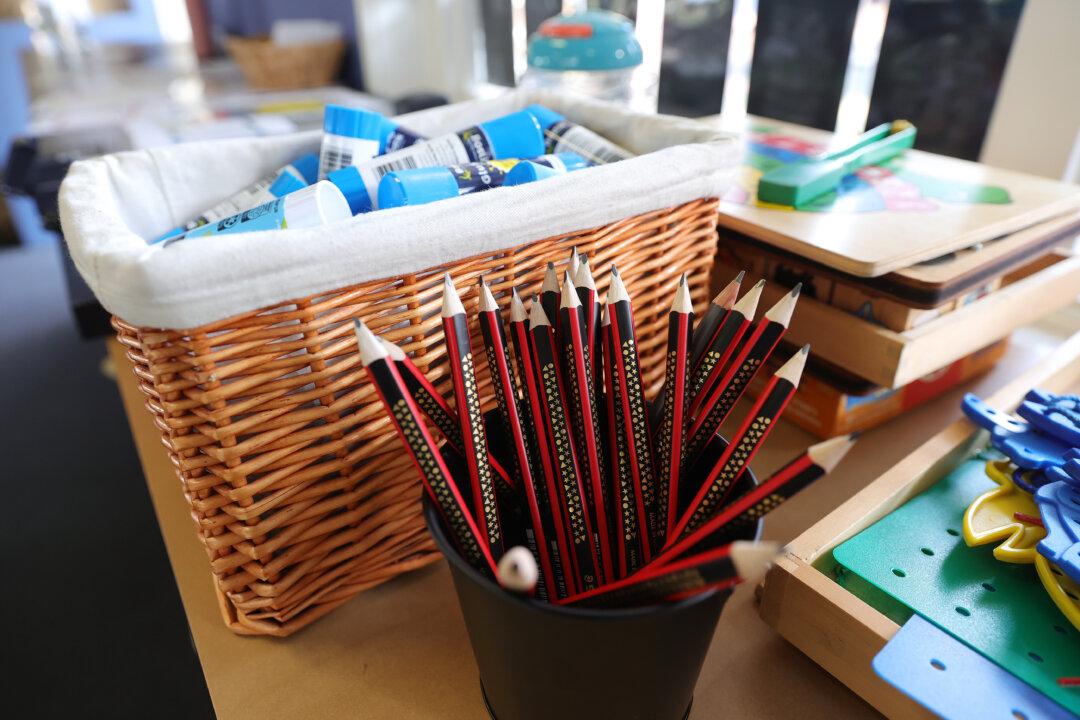The Albanese Labor government has turned to the Future Fund in its latest bid to address the housing crisis and climate change action.
In an announcement on Nov. 21, Treasurer Jim Chalmers said the Fund would be directed to invest in housing, infrastructure, and the green energy transition only where profitable.
The government will also provide medium-term certainty to the $230 billion fund by promising not to draw down on its holdings for at least eight years until 2032-33.
In a joint statement, Chalmers and Finance Minister Katy Gallagher explained that the Australian economy faces major structural shifts, including the global net zero transformation, technological changes, and demographic shifts.
The Fund can help steer Australia through these changes, the ministers said.
“The Future Fund has made clear it can play a prominent role in capitalising on these economic opportunities and supporting Australia’s prosperity,” read the statement.
What is the Future Fund?
The Future Fund was established in 2006 by former Treasurer Peter Costello with an eye on strengthening the financial position of the federal government over the long term so that it reduces the reliance on taxpayers for initiatives like the age pension.The independent Fund was seeded with $60.5 billion from federal budget surpluses, and the government’s remaining shares in Telstra. Managers of the fund must deliver investment returns of 4-5 percent, and not indulge in investments that present an “excessive risk.”
As of Sept. 30, 2024 the Fund’s value has grown to $229.7 billion.
Future Fund Board Welcomes Drawdown Deferral
The Future Fund Board welcomed the government’s decision to defer drawdowns until at least 2032-33.Chair Greg Combet stated that the decision to defer withdrawals from the Fund until at least 2032-33 gives the Fund the confidence to focus more resources on the national priority areas.
Combet, a former Labor climate minister, was appointed to chair the Fund by Treasurer Chalmers in January this year.
“The priority areas are aligned with the Future Fund’s thinking as set out in its position papers and consistent with its investment focus on seeking more local currency exposure and protection against sustained higher inflation,” he added.
Combet also announced that the board would appoint an Executive Director for Energy Transition to assist with this effort.
Opposition Says Fund Should be Left Untouched, Greens Demand Fossil Fuel Ban
Opposition Deputy Leader Sussan Ley criticised the Albanese government for “raiding the Future Fund for Labor’s pet projects.”“The Future Fund is performing well; why would you change the mandate?” Ley questioned on Sky News.
“Why would you [the government] fiddle with something that’s actually making a good return? To raid the Future Fund for Labor’s pet projects is simply not on.”
Calling the government incompetent in managing the economy, she reiterated, “You simply do not want them anywhere near the Future Fund.”
“What is disappointing is the emergence of political freeloaders wanting pet projects and more net debt on the back of the ... Fund which has turned out to be an Australian institutional asset highly regarded around the world,” wrote David Murray, the Fund’s inaugural chairman.
“The better question is whether the government would implement measures to reduce state debt, curb inflation, and decrease the size of the public sector if it received an injection of funds from the liquidation of Future Fund.”
Meanwhile, the Greens reacted swiftly and welcomed the move.
Senator Barbara Pocock, the Greens’ finance spokesperson, called for a mandate barring investments in coal, oil, and gas.
“We can’t keep putting our foot on the accelerator and the brake at the same time. We’re in a climate crisis, and Australians don’t want us investing in the very things that will make this crisis worse.”
She compared fossil fuels to tobacco, referencing the earlier decision to exclude tobacco investments.
“Here’s the news: fossil fuels are the new tobacco,” Pocock added.







